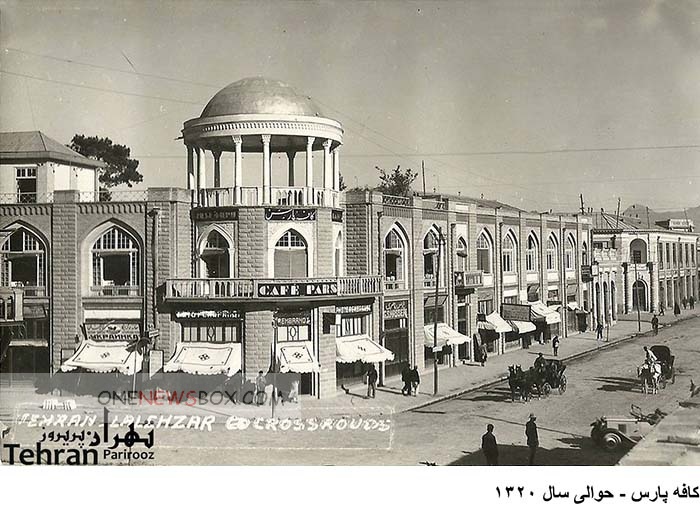Before the revolution, cafes and bars were more than just places to eat and drink — they were vibrant social centers where the pulse of society could be felt most clearly. In the quiet hum of conversation and the clinking of glasses, ideas were exchanged, alliances were formed, and dissent quietly brewed. Cafes served as gathering spots for artists, writers, and intellectuals. They were hubs of creativity, where newspapers were read aloud, poetry was debated, and philosophies were born over cups of steaming coffee or glasses of wine.
For many, these establishments represented an escape from the rigid structures of the outside world — small republics of free thought amid a landscape of control. Bars, meanwhile, drew in a broader mix of people — merchants, soldiers, workers, and travelers. They were the evening mirror of the cafes’ daytime discussions: louder, more spontaneous, and often tinged with frustration or hope. Conversations in dimly lit corners often turned to the injustices of daily life, the rising cost of bread, or the corruption of those in power.

